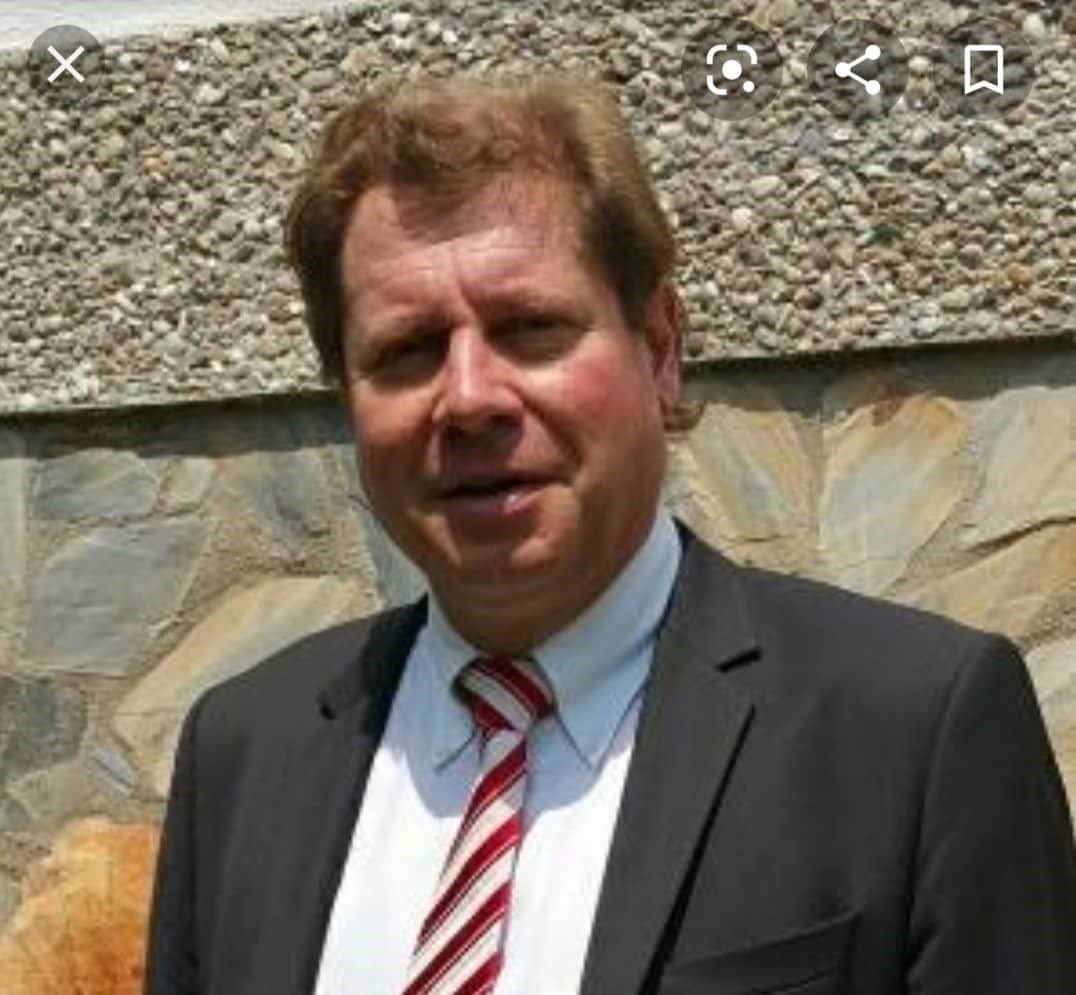The presentation focused on the global energy transition and the role of renewable energy within this transition and also opened the platform for a collaborative and informative panel discussion. The current trajectory suggests that renewables are displacing the use of fossil fuel in energy generation partly due to climate mitigation, decarbonization and competitiveness of renewable energies.
A report by IRENA (The International Renewable Energy Agency) suggested that the renewable energy share needs to be scaled up at least six times faster for the world to start to meet the goals set out in the Paris Agreement by 2050 within the electricity, industry and transportation sectors.
To meet climate targets, the energy intensity of the global economy will need to fall by about two-thirds by 2050, lowering the total primary energy supply in that year to slightly less than 2015 levels. This can be achieved, despite significant population and economic growth, by substantially improving energy efficiency.
Green Hydrogen was also discussed as a key accelerator of the energy transition and enabler for a wider global decarbonization. The uptake of green hydrogen is also expected to accelerate renewable energy penetration globally and will contribute to an optimal path to allow for a clean energy revolution.
Africa is still referred to as a “dark continent” with low electrification rates despite having an abundance of renewable energy resources namely solar, wind and biomass resources. From an electricity-access point of view, Sub-Saharan Africa’s situation is the world’s worst. It has 13 percent of the world’s population, but 48 percent of the share of the global population without access to electricity (McKinsey&Company, 2015).
According to 2019 data retrieved from the Energy Commission in Ghana, Ghana currently maintains an 85% electrification rate with the remaining 15% being accounted for by lake side rural communities which are essentially remotely situated and not economically viable to be connected to the national grid.
Renewable energy however currently accounts for approximately 1% of Ghana’s electricity generation mix with a mandate set to target a 10% contribution by 2030 as outlined in Ghana’s Renewable Energy Master Plan.
Ghana can further close its electricity gap through the intensification of its renewable energy penetration to subsequently position Ghana as a green country, promote economic productivity gains, reduce Ghana’s carbon foot print and subsequently fulfil the terms set out within the signed Paris Agreement.
Dr Christoph Kapp-CEO of NEK- PRESENTATION

He elaborated that renewable energy provides an affordable and sustainable source of energy in comparison to the tariffs independent power producers have to offer to the Ghanaian populace and industry. It is imperative policymakers establish a robust framework focused on climate action and renewable energy technology adaptation to promote energy security and allow for sustainable energy development across the nation. The lower electricity tariffs offered by renewable energy sources namely wind and solar for domestic and industrial use should incentivize the adoption of these aforementioned sustainable energy sources in Ghana.
As elections become imminent, political parties should prioritize the sustainable development of the energy sector, the reduction of Ghana’s carbon footprint and aim to harness the positive synergies that exist between the attainment of energy security and sustainable long-term economic development. This will involve policies and frameworks established to meet and subsequently exceed the targets set within Ghana’s Renewable Energy Master Plan. Additionally, this will allow domestic households and industries to access and benefit from harnessing Ghana’s untapped renewable energy resources whilst fulfilling the targets set out in the signed Paris Agreement.
NEK’s Project Portfolio Pipeline
The Swiss-based engineering company NEK has announced its plans to generate approximately 1,000MW of electricity from a total of five onshore utility-scale wind farms in Ghana. The independent power producer believes the implementation of these large-scale projects will serve as an incentive to implement Ghana’s plan to attain its energy mix of 10% renewables by 2030.
Currently, Ghana’s electricity mix is dominated by thermal power generated by large fossil fuel-fired power plants which is susceptible to high tariffs and commodity price risk due to oil price volatility on the global market. Hydropower production which also accounts for a significant proportion of Ghana’s energy mix will be potentially negatively impacted due to the declining/fluctuating river levels of the Volta Lake.
NEK’s planned 1000MW project pipeline spans several phases. The first windfarm being developed namely the 225MW Ayitepa wind farm is expected to account for an installed capacity of 160MW in its first phase and subsequently account for an additional 75MW in its latter stage of development. The company has already secured several concessions in Ghana, spanning across localities within the Ningo-Prampram and Ada West District for the construction of the aforementioned wind parks. The remaining four (4) wind parks currently being developed are the Konikablo, Koluedor, Madavunu and Amlapko wind parks with expected installed generation capacities of 200MW,160MW,200MW and 200MW respectively.
NEK Ghana has conducted extensive wind measurement campaigns and has determined favorable wind conditions to potentially generate more than 1800GWH (excluding Ayitepa) of clean, affordable, sustainable and reliable electricity annually positively contributing to the socio-economic development of the nation. This will positively impact the Ghanaian population and industry by means of affordable tariffs, boost the market competitiveness of Ghanaian industry players, result in employment and productivity gains and also contribute to the fulfilment of the Paris climate agreement signed by the Ghanaian government to promote decarbonization across the nation.










